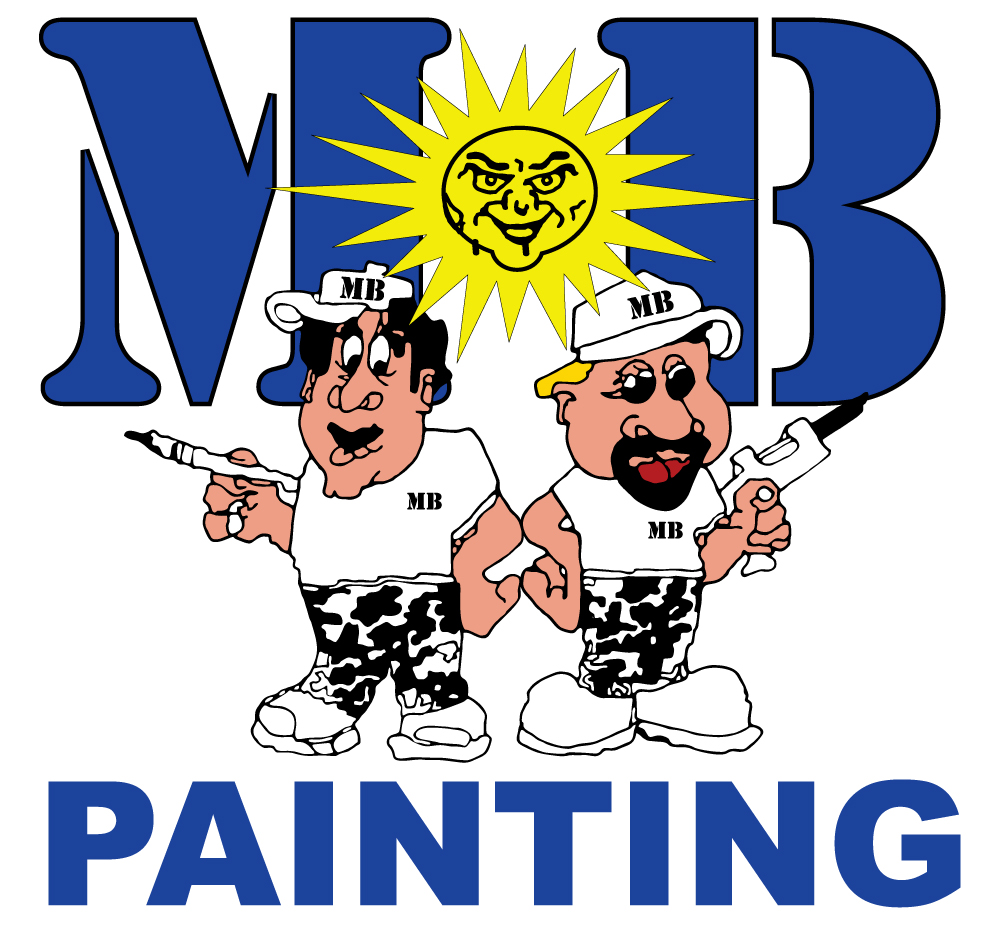Evolution of Painting
After the birth of painting in the prehistoric period, the Middle Ages took it to the next level.
Painting has come a long way throughout history. It evolved from the simple colors used by cave people to the more complex designs and color options available today.
Let's discuss how painting has changed over the years:
The origin of painting
The first painting was made by primitive people, specifically Neanderthals, in the prehistoric period. Back then, the common paint ingredients were animal blood, waste, earth pigment, soot, and animal fats.
In terms of implements, tubes were made of wood and used to draw symbols on cave walls for communication. Primitive man would also draw plants and animals for decoration.
Painting in the Middle Ages
After the birth of painting in the prehistoric period, the Middle Ages took it to the next level. With Christianity spreading, most paintings were religious. People would paint religious figures in churches to convey messages to the illiterate. Besides religious paintings, landscape pictures became increasingly popular.
Kings and notable families started decorating their castles and palaces with artwork, which made painting more popular.
The common painting colors were earth pigment, yellow, white, and black. Although violet and green were available, they lacked permanency and weren't used as much. Blue was also available but was deemed too expensive.
Painting in the Renaissance
Artistic painting was at its most popular during the Renaissance period. However, other arts, such as sculpturing, were becoming common.
Apart from their aesthetic beauty, paintings became a form of currency. Moreover, those who could paint well had more political influence. The most famous paintings, such as The Creation of Adam, The Mona Lisa, and The Last Supper, were made in this era.
As for house interiors, paintings on wet plaster were common.
Painting during the Rococo and Baroque periods
Painting in the Rococo period came from Italy and France in the 1730s. These artworks focused more on religion and myths, were dramatic, and featured deep colors, dark shadows, and intense light.
Towards the end of this period, people started relying on technology. Paint, especially containing lead powder, was readily available for art and painting the house interiors.
Painting in the 20th century and beyond
In the 20th century, advances in media and technology came to the fore. This technology also helped to improve painting.
Until this point, people were using paints made from natural products. This period introduced synthetic paint made of polymer and resin. Most tradesmen stopped using lead powder to paint houses because of its harmful health effects.
With improved technology, synthetic paint keeps getting better. Today, both artists and house painters have a diverse range of colors to choose from. Most importantly, there are specific paints for art and houses.
Also, the paints are more resistant to the elements, easy to use, and suitable for different interior surfaces.
Appreciating the history of painting
Painting in the past was simple and mostly used pigments made from nature. Today, there's a difference between decorative art painting and interior house painting. Plus, there are more color options and painting designs to suit every taste.

